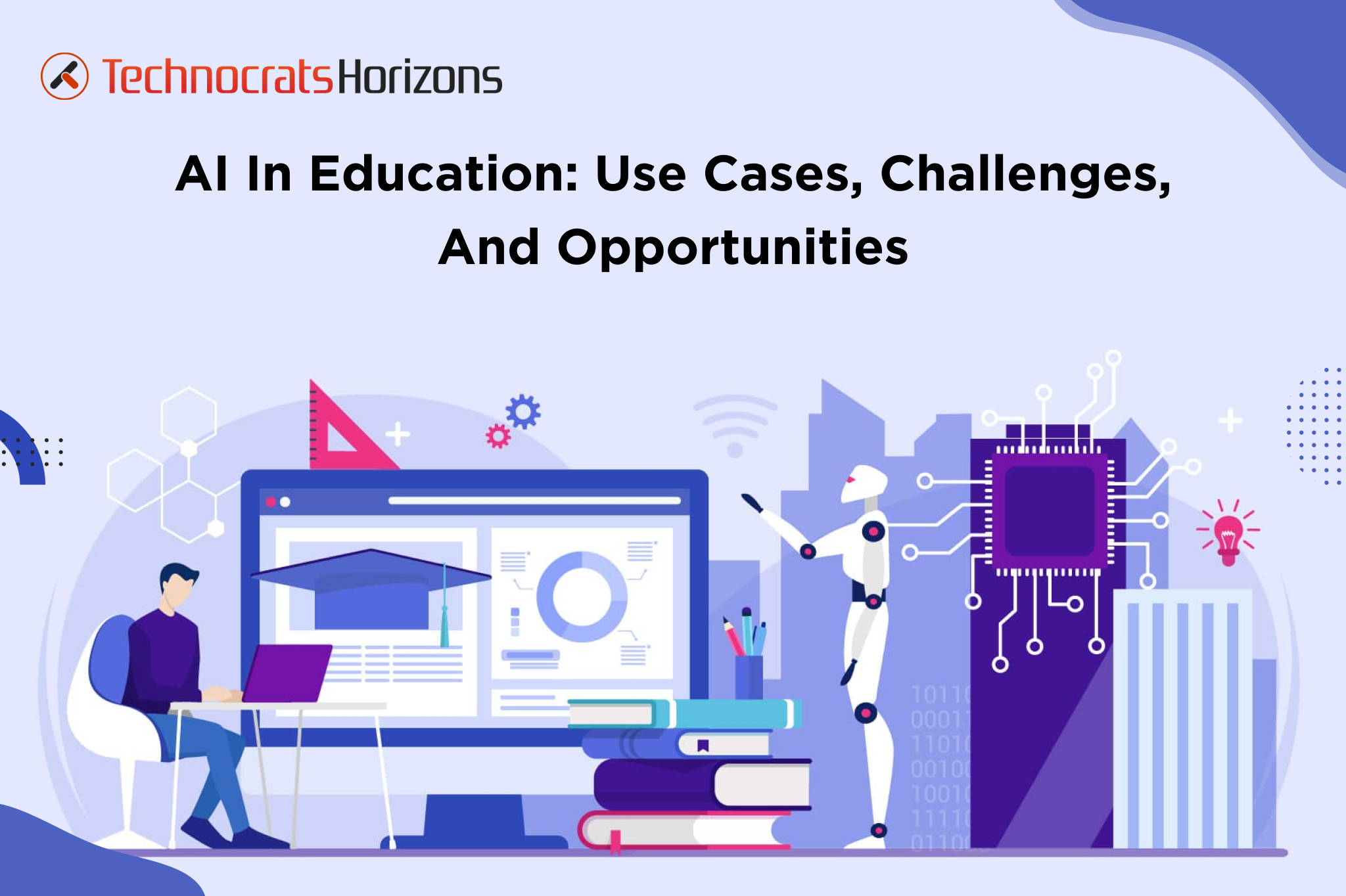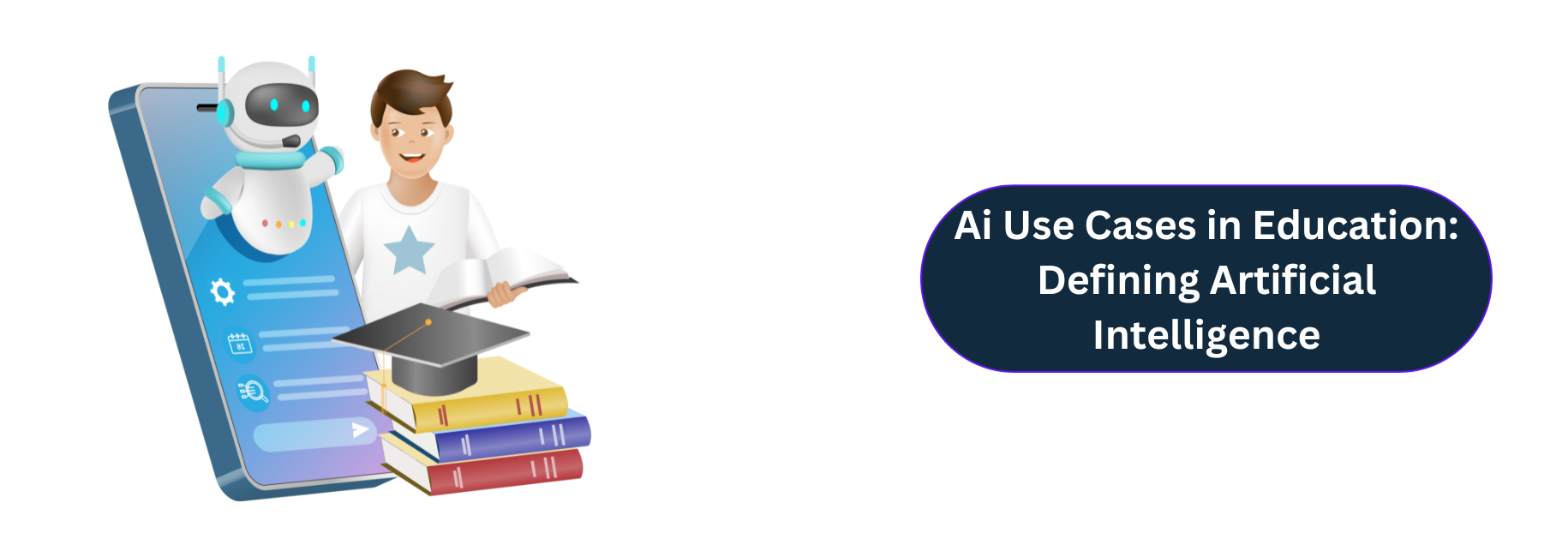The field of education has seen significant change over time, much like humanity. This sector has seen a huge tech change, encompassing everything from traditional classroom settings to smart classrooms and AI in education.
The emergence of artificial intelligence, more especially Language Learning Models, has made all of this possible.
Based on statistical data, the artificial intelligence (AI) education market is anticipated to grow to $20 billion by 2027. Also, 50% of educators acknowledge that they plan their courses with generative AI.
AI is revolutionizing the way that education is provided and how students learn. Nevertheless, there is still a great deal of untapped potential, and its drawbacks also intimidate a lot of people.
In this blog article, we go over how AI in education offers a lot of promise when applied properly. We will also talk about possible obstacles to its use, practical use cases, and future growth prospects.
Use Cases of AI in Education

For teachers, staff, and students, AI-based educational tools can open up new possibilities. Let us analyze the most common use cases for AI in education.
Personalized Learning
Not all students have same learning the capacities and this has concerned many over the years. The best way to fix this issue is personalized learning. It helps each student to engage much more if the learning is based on their individual interests, skills, aptitudes, and capabilities.
With AI in education, you can customize the study material as per each student’s needs without devoting too much. What’s great is students can also do it themselves. Overall, a personalized learning approach empowered by AI in education is much more impactful than standard classroom learning.
Intelligent Tutoring Systems
There are a lot of students who require extra attention and teaching to go through their curriculum. Those students opt for tutoring and spend thousands only to again attend tuition with hundreds of students. Intelligent tutoring systems have solved this problem.
These systems use artificial intelligence (AI) to modify the study material as per each student’s preferred learning style and speed. These tutoring systems can deliver a more engaging and adaptable learning environment by continuously modifying the content and measuring students’ progress.
Learning a Language
Most students either wish to study numerous languages or begin at an early age. With AI, students can get instant and real-time feedback on their vocabulary, grammar, and sentence structure. Getting customized language learning and consistent feedback with AI helps them improve their language skills.
Students no longer need a language partner. With AI, they can simulate real-world dialogue situations and conversations which makes the learning process more practical and useful. Education systems in almost all countries support multiple language learning environments and AI in education is making it possible to teach languages to students of all skill levels.
Overcoming the Skill Divide
One of the most important ways that businesses can close the digital divide is by having youngsters learn advanced skills. By training with software powered by AI and ML, students can acquire new skills easily and affordably which is beneficial for businesses and students. This process simplifies the process of automating skill acquisition and it can also empower the nation’s economy in the long run.
Identifying Student’s Weaknesses
It happens often that teachers face difficulties in paying attention to all students individually. However, artificial intelligence can assist teachers in the classroom by identifying any weaknesses or gaps. It helps them in making a strategy on how to overcome those gaps and solve the individual problems of the children.
These predictive, or early warning, algorithms can identify when students are in danger of not meeting their goals. Due to this, 90% of US institutions and almost 50% of public high schools employ early warning systems to track student attendance, grades, and other information. These AI algorithms are also reliable since they use precise performance data to predict children’s academic growth.
Chatbots & Virtual Assistants

AI-powered chatbots and virtual assistants are crucial for improving students’ educational experiences. These clever devices offer prompt support, helping kids with their homework, responding to inquiries, and making insightful remarks. These tools can be accessed 24/7 from anywhere and students can take their support to finish their work.
Students who receive personalized support are more likely to perform well academically. The reason is very simple. The students who focus on self-learning and have all the resources to do so are very active in their studies.
Developing Educational Content
Teachers can use AI to create original content and then modify it or create an entirely new curriculum. Furthermore, generative AI can also help in creating extra learning materials that can be used to supplement the main course material.
A few examples of supplemental learning aids are study guides, reading lists, summaries, discussion questions, and flashcards. In general, educators can increase their productivity, efficiency, and creativity by utilizing AI solutions for idea generation and content creation.
Automating Time-Consuming Tasks
While machines are currently capable of grading multiple-choice exams, they are almost ready to evaluate written responses as well. AI frees up more time for teachers to spend with each student by automating their administrative tasks.
Additionally, AI can assist teachers in identifying areas in which students are struggling and require more assistance by offering insights into student performance. When designing a course, teachers can save a ton of time by having AI come up with early concepts or the first draft of a syllabus or lesson plan.
Challenges in Using AI in Education
Although the benefits of AI in the education sector are immense, there are a lot of challenges as well in implementing it. You need to be aware of the difficulties, including false information, before implementing AI solutions in the field of education. Let’s discuss some of the biggest challenges:
Getting Educators Ready for AI-powered Learning
It is critical to address the current issues that educators are facing. Teachers continue to be at the forefront of education because it is impossible to ignore the creative and social-emotional components of teaching.
A lot of teachers believe in the conventional style of teaching believing that using artificial intelligence can hamper the learning process of students. Some of them are not ready to implement AI tools and integrations in their regular classes while some face technical skill gap to implement it. Several nations are formulating policies to assist the domestic EdTech sector in advancing innovation, stepping up initiatives, and empowering educators and educational institutions.
Cheating by students
Students might use AI to complete quizzes and homework assignments. Essays produced by AI pose a danger to education and the college application process. In addition to the moral dilemmas associated with this kind of cheating, students who utilize AI to do their assignments might not be acquiring the necessary knowledge and abilities.
Bias in AI Algorithms
AI programs pick up knowledge from the data used to train them. If there are biases in this data, the AI system may pick them up and use them going forward. If the data includes student performance information that is biased toward that group’s socioeconomic position, gender, or ethnicity, the AI system may begin to favor children from that group.
Lack of Human Touch
When calculators and telephones were originally introduced, schools prohibited them due to concerns about cheating. The Department of Education has emphasized the significance of having “humans in the loop” when utilizing AI in light of these difficulties. As the department urged in its 2023 report, the teachers, students, and other individuals must maintain their agency. The research emphasized that AI cannot “replace a teacher, a guardian, or an education leader”.
Less Flexibility
AI robots, no matter how sophisticated, are unable to develop a student’s intellect to the same degree as a teacher. Teachers can provide a range of approaches to problem-solving, but AI does not have a diversity of teaching tactics. Implementing AI in education can assist in detecting errors, but it is unable to fix them. AI does the analysis even if a human enters data incorrectly. But the end product will show incorrect data which can be very harmful.
Opportunities Of AI in Education
Till now, we have discussed the use cases and challenges of AI in education. Despite both of them, there’s still a lot that can be achieved with artificial intelligence. Let’s see all the ways AI in education has the potential to make the future of learning brighter:
Creating Smart Content
AI in education can help with creating content that will improve student comfort during learning. Beginning with training or text-based question-answer combinations, you can go on to create more intricate study environments.
Within the context of digital learning, AI can assess a large topic and then break it down into smaller, more manageable bits. From those parts, it can create study guides or digital textbooks. AI can also be used to create exercises that are included in these digital lessons. Natural language processing algorithms can be trained to generate various interactive learning materials that can bring the best out of each student.
Predicting Potential Issues And Future Learning Outcomes
The predictive analytics tool driven by AI collects historical and present activity data. The software creates learning behavior patterns for each student based on the collected data and projects future proficiency for final examinations. The system gives accurate reports to teachers automatically so they may quickly identify potential problems. Early interventions lead to higher retention and success rates for learners.
L&D departments and educators use predictive reports to help staff members or students close knowledge gaps and improve competence early in the learning cycle. Additionally, the AI-based system may send out notifications to mentors about incidents that might require a conversation or action.
Instructional Assistants
The potential for AI to have human-like conversations creates opportunities for instructional assistants or adaptive tutors to assist students in understanding complex ideas. Artificial intelligence (AI) feedback systems can provide students with helpful criticism of their writing, enabling them to improve their writing abilities.
Additionally, some studies indicate that writing prompts may help kids come up with more insightful questions during learning. In the future, this process will become only more interactive with AI-voice models and AI avatars taking over ChatGPT.
Individualized and Differentiated Learning
For years, educators have prioritized differentiating instruction to meet the requirements of each individual student. However, AI will enable a level of differentiation that is currently unattainable for teachers overseeing thirty kids in a class. As AI develops further, it might be able to recognize the facial expressions of students who are having difficulty understanding a concept and adjust the course accordingly. Although it is not practical to tailor the curriculum to each student’s unique needs today, AI-powered robots will make it possible in the future.
Universal and Inclusive Access to Education
AI in education can create new chances for students who need to learn at different levels, want to learn a subject that is not taught in their school, or cannot attend class.
Additionally, all students—including those who speak various languages or have visual or hearing impairments—will be able to access educational classes globally by deploying AI technologies. For example, students can use a PowerPoint plugin such as Presentation Translator to display subtitles for whatever the professor says in real-time. AI in education is a fantastic opportunity for professional educational institutions to grow their businesses.
Final Thoughts
Teachers and students can benefit a lot from technology when AI in education is implemented in a very thoughtful way. With the aid of AI-powered resources, tutors can assist students in gaining more knowledge, achieving higher academic goals, and honing their critical thinking abilities.
At Technocrats, we have extensive experience in developing educational apps as well as custom LMS powered by cutting-edge technology. Our experts, who have years of experience in the field of custom app and web development, combine their knowledge of ed-tech with AI development services to create e-learning solutions that optimize return on investment and boost user engagement.
It’s time to stop hesitating. Let’s use AI-powered technologies to change teaching and learning in the educational sector. Reach out to us now.
AI is the future of technology! Adapt Now!
Get a free consultation to see how our AI experts can transform your business processes.


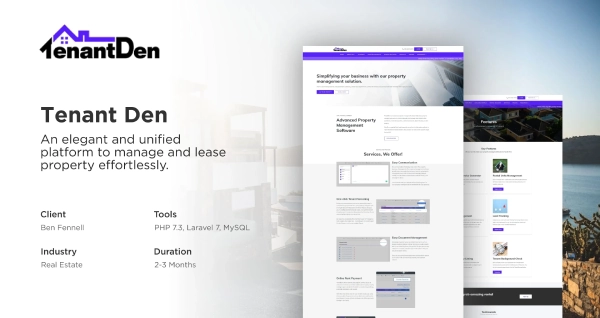


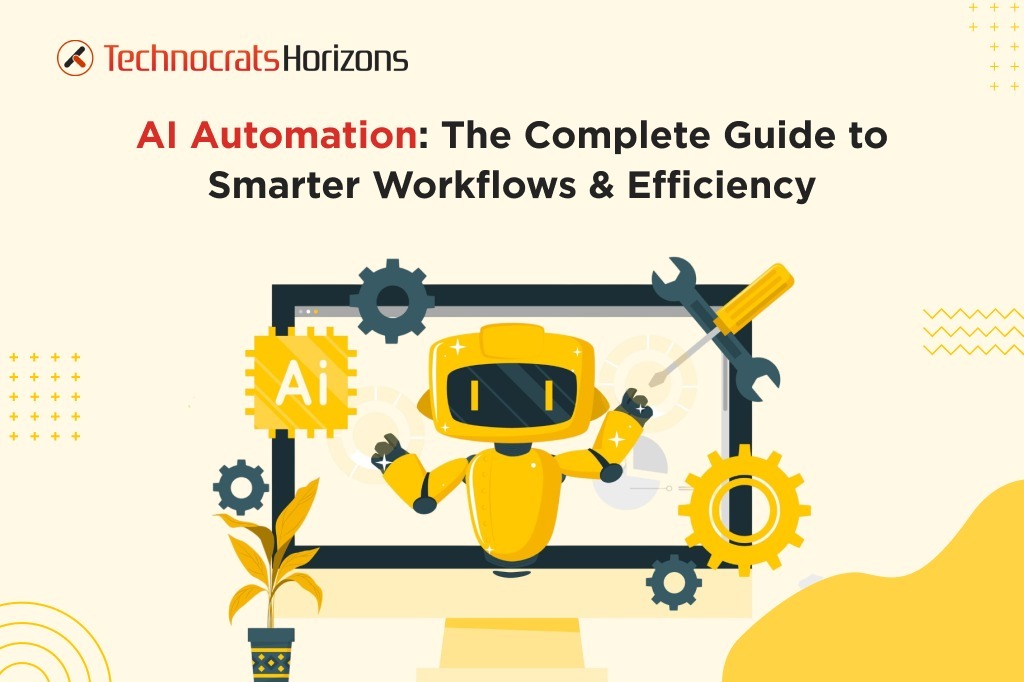



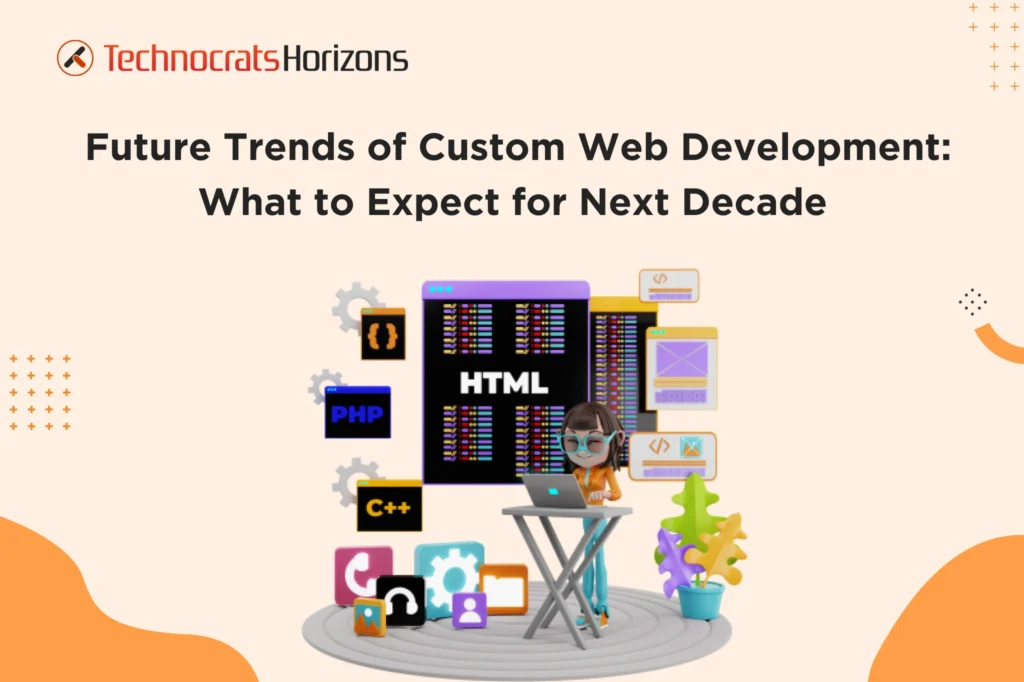
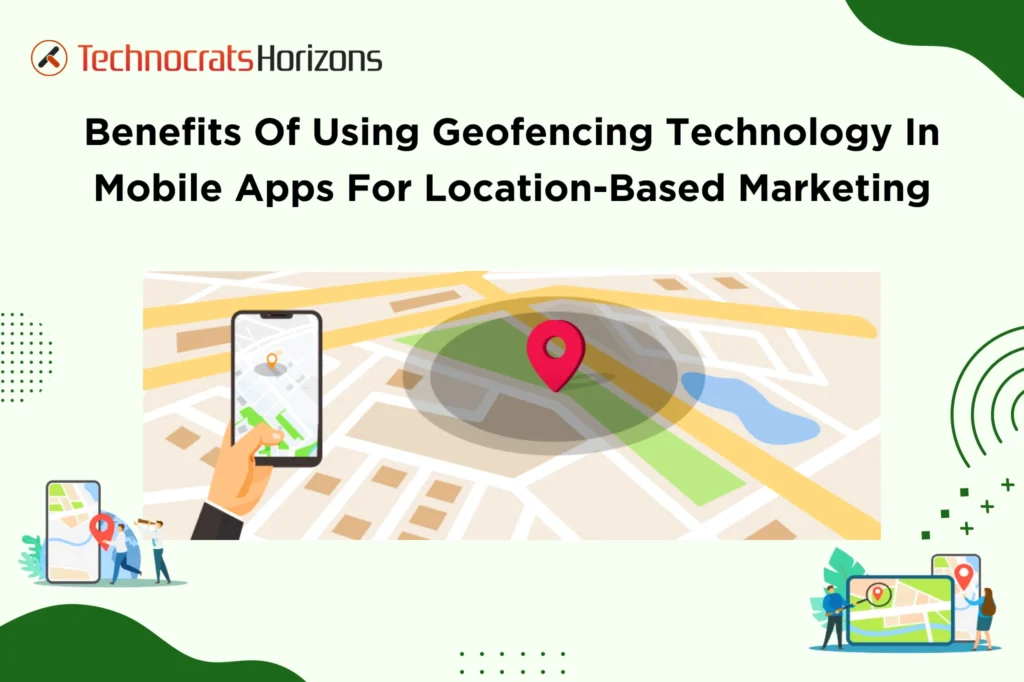
 Request a
Request a




















